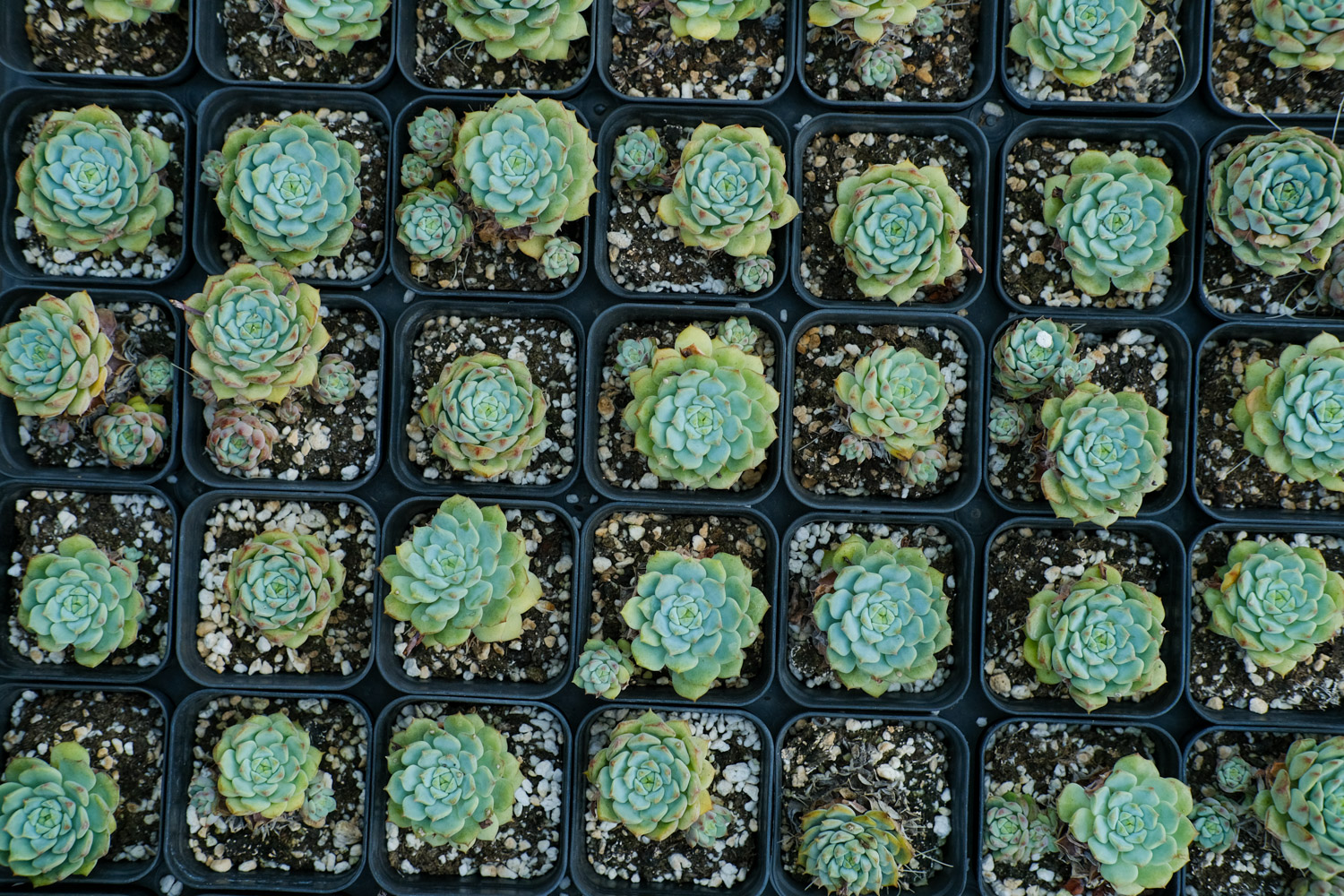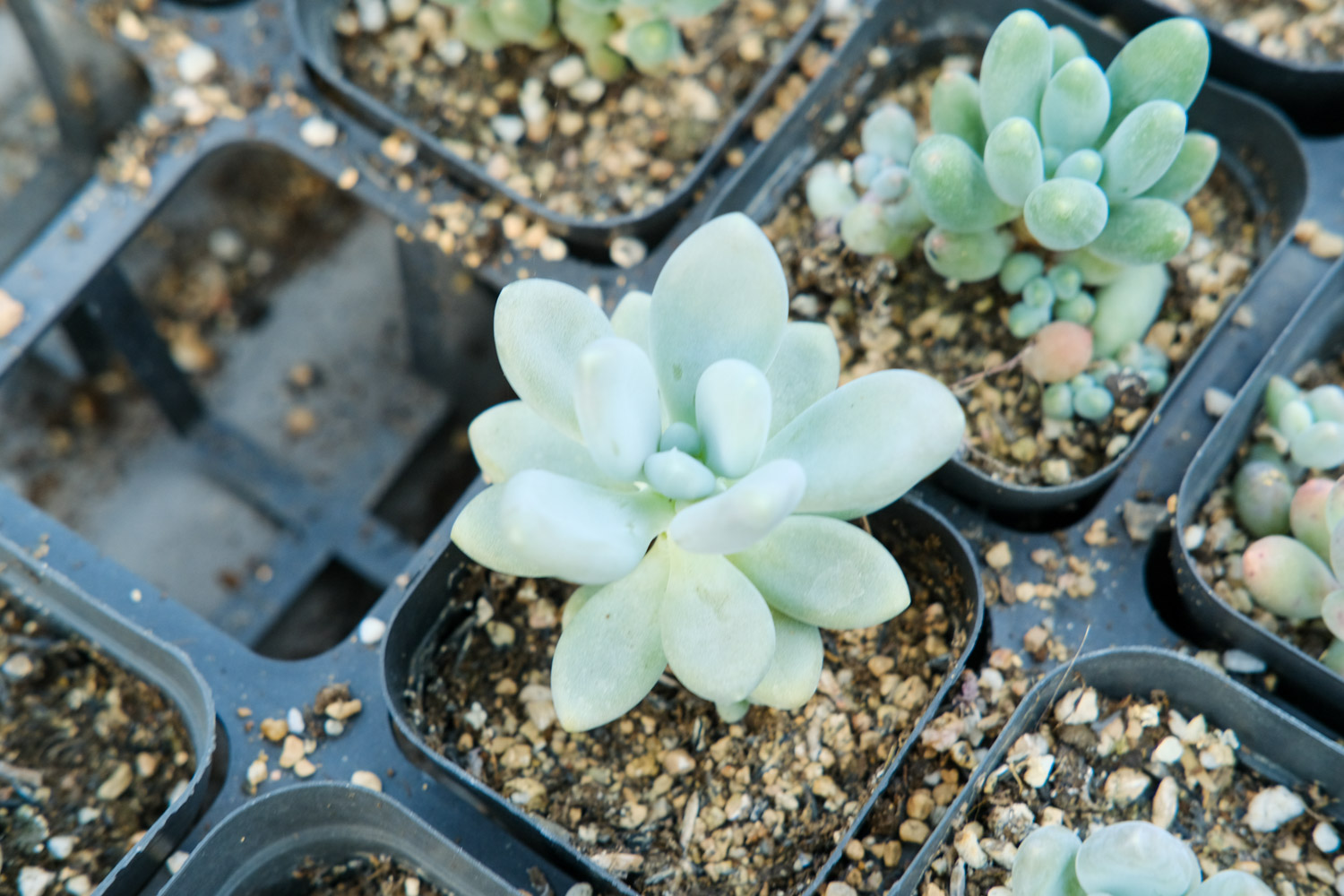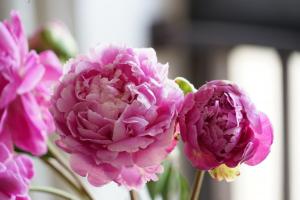1、 Illumination
If you raise more meat at home, you must bask more in the sun. If the light is sufficient, the meat grows short and strong, and it is easy to color out. If you lack light, the meat will be thin and grow in vain, but you still need to cover it from the sun in summer, so as to prevent sunburn
2、 Temperature
Meat has certain requirements for temperature. In summer, if the temperature exceeds 35 ℃, pull a sunshade and spray water on the ground to reduce the temperature. In winter, ensure that the maintenance temperature is above 5 ℃ to promote its safe overwintering. At ordinary times, increase the temperature difference between day and night, which is conducive to the coloring of meat

3、 Watering
In the spring and autumn growing season, when the soil is dry, it will be watered. In summer, it will be dormant. When the soil is dry, it will slide along the edge of the basin, and it should be poured in the morning and evening. In winter, the temperature is lower than 10 ℃, and it should be poured at noon. When the temperature is lower than 5 ℃, the water will be cut off directly
4、 Ventilation
In spring, summer and winter, it is best to raise in the open air if conditions permit. For indoor maintenance, we must pay attention to ventilation and open windows frequently. In summer and rainy seasons, we can use a small fan to blow air to meat and increase air flow

5、 Fertilization
Meat has little demand for fertilizer and water. It only needs to mix cake fertilizer, bone meal or slow-release fertilizer into the bottom of the basin when changing the basin in spring and autumn every year
6、 Diseases and insect pests
Succulent meat likes to attract diseases and pests. Usually, it can prevent diseases and pests by reducing room temperature, strengthening ventilation and cleaning dead leaves. In addition, in spring and summer, you can also spray Carbendazim and flower god alternately, or sprinkle some small white medicine, furamethoxam, along the edge of the basin to prevent pests


 how many times do yo...
how many times do yo... how many planted tre...
how many planted tre... how many pine trees ...
how many pine trees ... how many pecan trees...
how many pecan trees... how many plants comp...
how many plants comp... how many plants can ...
how many plants can ... how many plants and ...
how many plants and ... how many pepper plan...
how many pepper plan...































